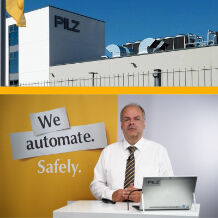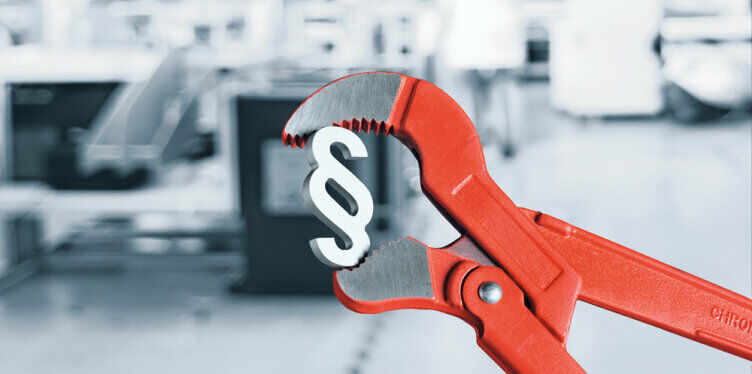Overview of the most important changes
- Machines subject to inspection
The list of machines subject to inspection, which was previously in Annex IV of the Machinery Directive 2006/42/EC, has “moved” to Annex I. In Section A it contains a list of high risk machines, for which mandatory inspection and certification through a third party is required. In future, six machine categories will be subject to inspection; application of a harmonised standard does not remove the inspection obligation. This is due to the current developments in Artificial Intelligence. For the six listed product groups, machine manufacturers can no longer self-declare compliance in conjunction with a harmonised standard, as previously. Instead, a named accreditation body must be involved.
The regulation has been extended to include a definition of a substantial modification of machinery and the legal consequences of such a modification. A conformity assessment procedure is required for machinery safety if a machine undergoes major modifications or when changes are made that affect the machine’s compliance with the statutory provisions for CE marking. If a substantial modification has taken place, the operator becomes the manufacturer – with all the obligations that entails.
The definition of safety components now includes not only physical, digital and/or mixed-type components, but also software.
The emergence of new digital technologies such as Artificial Intelligence, the Internet of Things and robotics present new challenges for product safety. The regulation covers the safety risks arising from new digital technologies.
In a new section entitled “Protection against corruption”, the Machinery Regulation now also establishes requirements for the cybersecurity of machinery. Cybersecurity threats must not be allowed to compromise the machine’s safety functions. Manufacturers must review their existing safety concepts in this regard!
Manufacturers shall be allowed to supply instructions in digital form. Should the customer request it, the manufacturer must supply the instructions in paper format. The EU Declaration of Conformity can also be provided in digital form. Partly completed machinery can be delivered with digital assembly instructions as well as with a digital Declaration of Incorporation.






